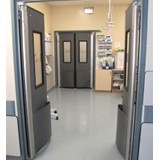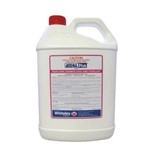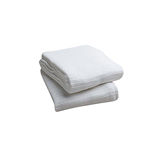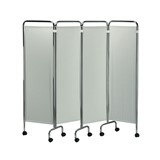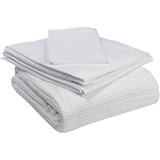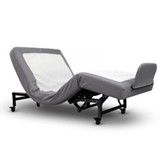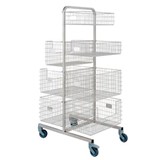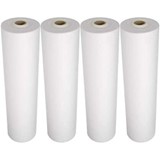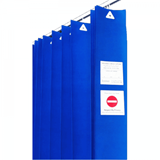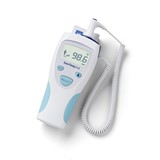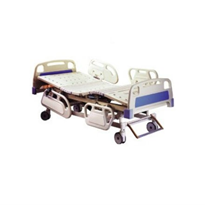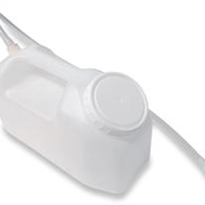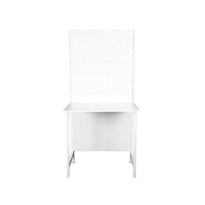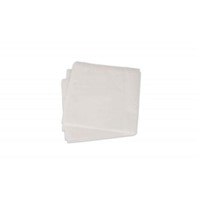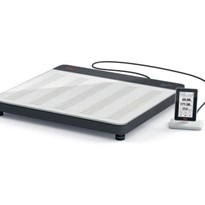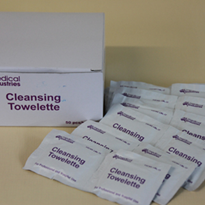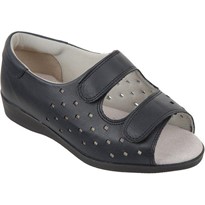The dedicated staff deal with injuries from car accidents and attacks by domestic pets as well as treating infections and caring for orphans. They also look after marine life including sea snakes, turtles and more.

The country’s largest purpose-built wildlife hospital has a surgical theatre, intensive care units, its own pathology lab and an x-ray room.
Radincon has been supporting Australia Zoo since October 2020, when we supplied a RAD-X DR X1A 701C Soft Case Portable DR System.
Until recently, the X1A was used both in hospital and in field work. Taking the X-ray gear to the animal rather than moving the animal to the hospital keeps trauma to a minimum for the animal and vet team. The DR enables real-time viewing of X-rays in situ, which is a massive improvement over the previous hospital based CR cassette system. There’s no delay in seeing results, and if something is unclear a repeat shot takes 3 seconds. It’s easier for the staff, but more importantly for the animal.
Our latest installation at Australia Zoo is the supply of another DR. This one’s a RAD-X DR CX3A 702C Mobile In-Clinic System. This was installed in December 2022.
The first and most obvious improvement is that the Zoo and Wildlife Hospital now has two x-ray and DR systems, a dedicated in clinic mobile system and portable field use system.
A feature of the CX3A is the advanced viewing on a clinical review DICOM calibrated monitor. This delivers the true grey scale for more accurate viewing and diagnosis. Birds, snakes and lizards make up more than half of the Wildlife Hospital’s patients, and their fine skeletal structures demand high resolution viewing to diagnose smaller variations that can be hard to spot. It just makes sense to have a screen which can show all the information your DR system captures!
The Canon CXDI NE post processing software used on the two DRs is identical so there’s no new learning curve for staff. Great for simplicity and productivity.
While we’d love to think there would be fewer cases of injured wildlife in years to come, increasing traffic and pressure on the environment makes it unlikely. At least the Australia Zoo Wildlife Hospital is all set up to go on caring for injured wildlife for many years into the future.





